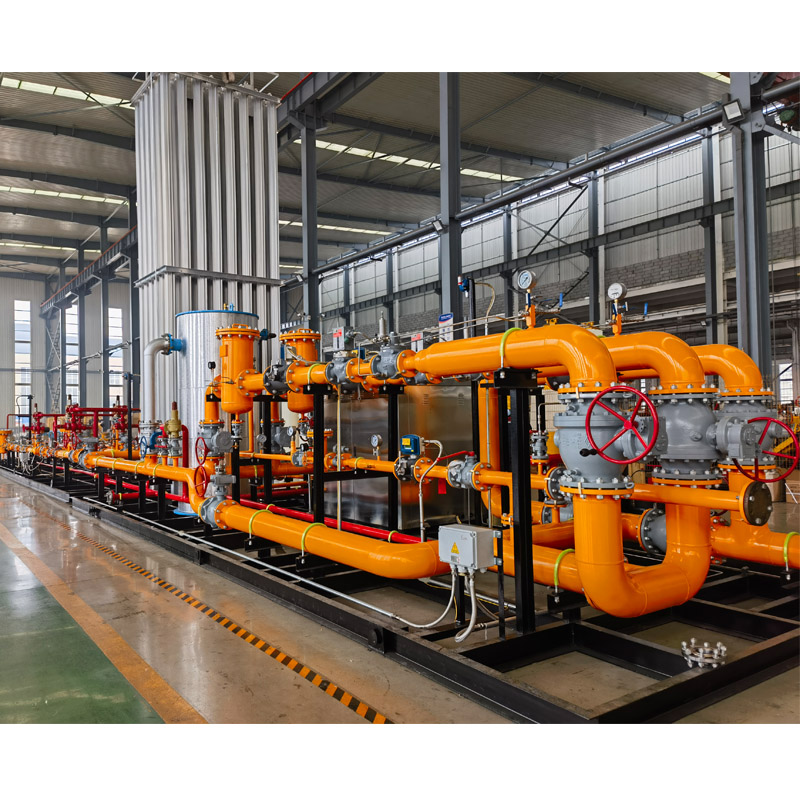
Nov . 05, 2024 07:05
Back to list
gas safety relief valve
Understanding Gas Safety Relief Valves Importance, Functionality, and Maintenance
Gas safety relief valves are crucial components in various industrial applications, especially in sectors that deal with pressurized gases. These valves serve as safety devices designed to protect equipment and personnel by preventing a buildup of excessive pressure within a gas system. This article explores the importance, functionality, and maintenance of gas safety relief valves, highlighting their critical role in ensuring operational safety.
Importance of Gas Safety Relief Valves
In any gas handling system, pressure control is vital. Gas safety relief valves play an essential role in maintaining this control. When the pressure within a system exceeds a predetermined level, these valves automatically open, allowing excess gas to escape and thus preventing potential failures like explosions or catastrophic equipment failure. This makes them indispensable in industries such as oil and gas, petrochemicals, and even in residential applications where gas appliances are used.
Moreover, gas safety relief valves contribute to regulatory compliance
. Many countries have stringent regulations requiring the installation of safety devices to protect workers and the environment. Ensuring that these valves are properly installed and maintained not only safeguards lives but also helps companies avoid hefty fines and legal repercussions.Functionality of Gas Safety Relief Valves
The primary function of a gas safety relief valve is to release excess pressure. Typically, these valves are set to open at a specific pressure point, which is established based on industry standards and the manufacturer’s specifications. Once the system pressure exceeds this threshold, the valve lifts or opens, allowing gas to escape until pressure returns to a safe level. The design of these valves ensures that they close automatically once the pressure is reduced, preventing any backflow of gas.
gas safety relief valve

Gas safety relief valves can be categorized into various types, including spring-loaded, pilot-operated, and balanced bellows valves. Spring-loaded valves, the most common type, utilize a spring mechanism to maintain a seal under normal operating conditions. Pilot-operated valves, on the other hand, use a small pilot valve to control a larger main valve, making them suitable for high-capacity systems. Understanding the specific application and type of valve required is vital in ensuring efficient operation and safety.
Maintenance of Gas Safety Relief Valves
Regular maintenance of gas safety relief valves is essential to ensure their reliability and efficiency. Neglecting maintenance can lead to valve failure, resulting in hazardous situations. Maintenance procedures typically include routine inspections for wear and tear, testing for proper operation, and replacing any faulty components.
It is recommended to perform functional tests at least once a year, or more frequently if the valve operates in extreme conditions. During these tests, technicians should verify that the valve opens at its designated set pressure and closes effectively. Any sign of leakage, corrosion, or wear should prompt immediate investigation and potential repair or replacement.
Additionally, keeping a maintenance log is crucial for managing the safety of gas systems. Documentation should include inspection dates, test results, and any repairs made. This log not only aids in regulatory compliance but also helps identify recurring issues that may need to be addressed to enhance system safety.
Conclusion
Gas safety relief valves are vital safety devices essential for preventing catastrophic failures in pressurized gas systems. Their ability to control excess pressure not only protects equipment but also safeguards the lives of workers and the environment. Proper understanding of their function, types, and maintenance practices is critical to ensure that these valves operate effectively. Regular inspections and diligent maintenance help in maximizing their reliability, making them a cornerstone of safe industrial operations.
Next:
Latest news
-
Safety Valve Spring-Loaded Design Overpressure ProtectionNewsJul.25,2025
-
Precision Voltage Regulator AC5 Accuracy Grade PerformanceNewsJul.25,2025
-
Natural Gas Pressure Regulating Skid Industrial Pipeline ApplicationsNewsJul.25,2025
-
Natural Gas Filter Stainless Steel Mesh Element DesignNewsJul.25,2025
-
Gas Pressure Regulator Valve Direct-Acting Spring-Loaded DesignNewsJul.25,2025
-
Decompression Equipment Multi-Stage Heat Exchange System DesignNewsJul.25,2025

